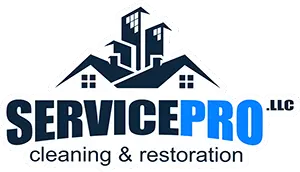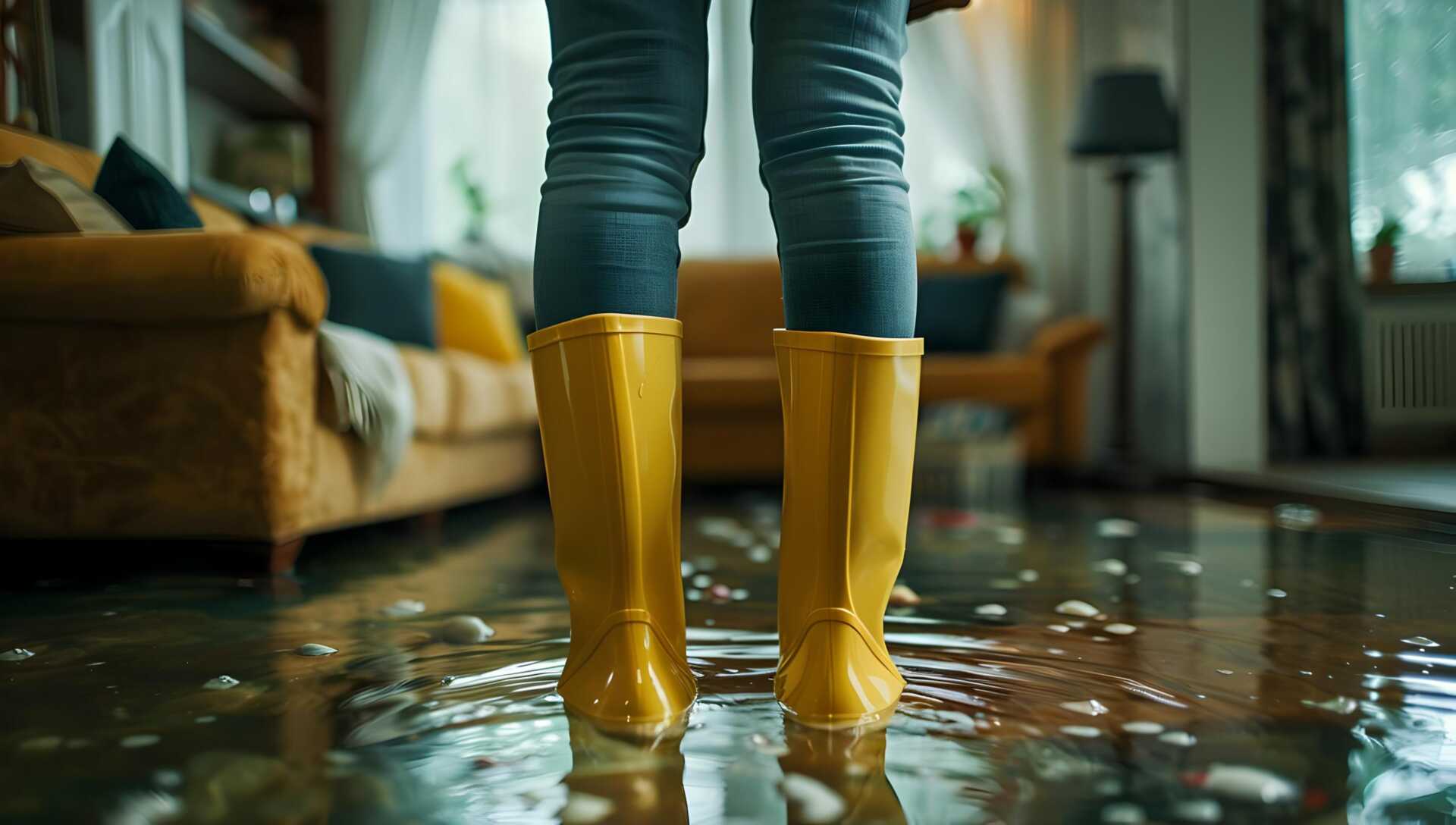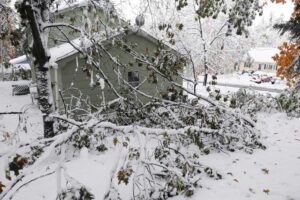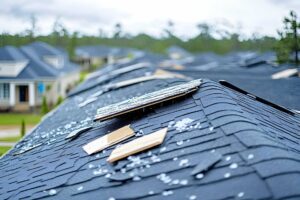Many homeowners underestimate the speed at which mold can develop after flooding; it can start within 24 to 48 hours. This rapid growth poses serious health risks and structural damage if not addressed promptly. Identifying top mold remediation professionals is essential, but not all services are created equal. Knowing what to look for in expertise, tools, and customer feedback can make a significant difference in outcomes. So, how do you navigate this critical selection process?
Key Takeaways
- Look for certified professionals with expertise in mold identification and advanced remediation techniques to ensure effective flood-related mold removal.
- Check client reviews and testimonials to gauge the reliability and effectiveness of mold remediation services.
- Ensure the company offers quick emergency response strategies for timely intervention post-flood to minimize mold growth.
- Evaluate their assessment process, including moisture evaluation and air quality testing, to identify hidden mold sources.
- Inquire about the long-term solutions they provide to prevent future mold growth and maintain a safe environment.
Understanding Mold Growth After Flooding
When a flood occurs, the rapid increase in moisture creates an ideal environment for mold to thrive. Understanding the mold lifecycle is important for effective flood recovery.
Mold spores, which are always present in the environment, require moisture, organic material, and a temperature range of 60-80°F to germinate. Once these conditions are met, spores can develop into colonies in as little as 24 to 48 hours.
During flood recovery, it’s essential to identify affected areas quickly. You’ll need to assess the water-damaged materials, such as drywall and insulation, as they provide optimal conditions for mold growth.
Importance of Professional Mold Remediation
When dealing with mold after a flood, evaluating health risks is essential, as exposure can lead to serious respiratory issues.
Professional mold remediation employs effective removal techniques that eliminate existing mold and prevent future growth.
Health Risks Assessment
Although mold may seem like a minor inconvenience, the health risks associated with exposure can be significant, making professional mold remediation vital.
Mold exposure can lead to various health symptoms, including respiratory issues, skin irritations, and allergic reactions. Individuals with pre-existing conditions, such as asthma or weakened immune systems, are particularly vulnerable.
It’s important to recognize these risks early, as prolonged exposure can exacerbate health problems and lead to chronic conditions.
Engaging professionals ensures that thorough assessments are performed, identifying mold types and concentrations that mightn’t be visible. They can implement safe and effective strategies to mitigate these risks, safeguarding your health and providing a safer living environment for you and your loved ones.
Effective Removal Techniques
Effective mold removal requires specialized techniques and expertise only professional remediation services can provide. In your home, persistent mold can compromise both your health and the integrity of your property.
Professionals utilize advanced mold removal techniques, such as HEPA filtration and chemical treatments, to ensure thorough eradication. They follow safe remediation practices, including containment strategies, to prevent spores from spreading during the process.
A detailed inspection allows them to identify hidden mold sources, ensuring no area is overlooked. By relying on these experts, you’re not just removing mold; you’re restoring a safe environment for you and your family.
Trusting professionals means you can confidently reclaim your space, knowing they’ve addressed the issue effectively and completely.
Preventing Future Growth
To prevent future mold growth, understanding the importance of professional mold remediation is crucial. Experts remove existing mold and assess and improve your home’s ventilation systems and moisture control. This ensures a thorough approach that tackles the root causes of mold.
| Aspect | Professional Mold Remediation |
|---|---|
| Ventilation Systems | Optimizes airflow to reduce humidity |
| Moisture Control | Implements strategies to manage water |
| Safety | Ensures a safe and healthy environment |
| Long-term Solutions | Provides guidance for future prevention |
Key Qualities to Look for in Mold Remediation Experts
When searching for mold remediation experts, what specific qualities should you prioritize to ensure effective treatment?
First, look for professionals skilled in mold identification techniques. They should utilize advanced tools to accurately assess the extent of the problem, confirming that no hidden mold is overlooked. A firm grasp of emergency response strategies is also vital; these experts must act quickly to mitigate further damage and health risks.
Next, consider their certification and training in mold remediation practices. This indicates a commitment to industry standards and safety protocols. Additionally, seek out reviews or testimonials from previous clients to gauge their reliability and effectiveness.
Finally, communication skills matter. You want experts who can explain the remediation process clearly and answer your questions, fostering a sense of trust and belonging.
Top Mold Remediation Companies for Flood Damage
Finding the right mold remediation company for flood damage is crucial to restoring your home safely and efficiently. Start by researching companies that specialize in flood damage restoration and possess a solid reputation in your community.
Look for those that utilize advanced mold assessment techniques, ensuring they can accurately identify the extent of mold growth and related damage.
Consider companies that employ certified professionals trained in the latest remediation practices. They should provide clear protocols for mold inspection, removal, and prevention, demonstrating a commitment to thoroughness and safety.
Customer reviews and testimonials can offer insight into their effectiveness and reliability.
Finally, verify that the company adheres to industry standards and regulations. This ensures quality service and peace of mind, knowing that you’re working with experienced professionals dedicated to restoring your home to a safe, healthy environment.
Services Offered by Mold Remediation Professionals
When addressing mold issues after a flood, you’ll find that mold remediation professionals offer extensive inspection services to identify affected areas.
They employ effective containment strategies to prevent mold spores from spreading during the remediation process.
Understanding these services is essential for ensuring a thorough and efficient response to mold contamination.
Comprehensive Inspection Services
Since mold can develop quickly after a flood, extensive inspection services are essential for identifying hidden infestations and potential health risks.
Mold remediation professionals utilize advanced mold inspection techniques to assess your property comprehensively. They often employ high-tech mold inspection equipment, such as moisture meters and thermal imaging cameras, to detect damp areas that may harbor mold growth.
By conducting air quality tests and surface sampling, these experts can pinpoint specific mold species and their concentrations, enabling tailored remediation strategies. Their detailed reports highlight problem areas and provide valuable insights on maintaining a healthy environment.
Trusting professionals for these inspections ensures that you address mold issues effectively, safeguarding your home and loved ones from potential dangers.
Effective Containment Strategies
To effectively prevent the spread of mold during remediation, professionals implement rigorous containment strategies that isolate affected areas.
They often use containment barriers, such as plastic sheeting, to create secure zones and minimize cross-contamination. These barriers confine mold spores and protect unaffected spaces.
In addition to physical barriers, advanced air filtration systems play an essential role in capturing airborne spores and contaminants. By employing HEPA filters, remediation teams maintain air quality, ensuring that mold spores are effectively trapped and removed from the environment.
This dual approach safeguards your living space and fosters a sense of safety and belonging as you navigate the recovery process. Your peace of mind is paramount.
The Mold Remediation Process Explained
As you navigate the mold remediation process, understanding each step is vital for effectively eliminating mold and preventing its return.
First, professionals assess the damp environments to identify moisture sources and mold growth. They perform air quality tests to measure mold spores and determine the extent of contamination.
Next, containment is established to prevent spores from spreading during removal. This involves sealing off affected areas and using negative air pressure machines.
Afterward, technicians remove contaminated materials, such as drywall or carpeting, using specialized equipment to minimize exposure to mold spores.
Following removal, cleaning and disinfection of surfaces occur, often employing antimicrobial treatments to ensure thorough eradication.
Finally, it’s important to address moisture issues by implementing proper ventilation and dehumidification strategies.
How to Choose the Right Mold Remediation Service
When choosing a mold remediation service, it’s essential to evaluate their certifications and relevant experience in the field.
You should also consider the cost and the range of services offered to ensure they meet your specific needs.
An informed decision will help you select a provider capable of effectively addressing the mold issue in your home.
Certifications and Experience
Choosing the right mold remediation service hinges on their certifications and experience, given that these factors directly impact the effectiveness and safety of the remediation process.
When evaluating potential services, it’s crucial to take into account various certification types, such as:
- IICRC (Institute of Inspection, Cleaning and Restoration Certification)
- EPA (Environmental Protection Agency) guidelines
- State-specific licenses
Additionally, you should assess their experience levels, including how long they’ve been in the industry and their track record with similar cases.
A well-certified and experienced team ensures compliance with safety standards and thorough and effective remediation.
This attention to detail helps create a healthier environment for you and your loved ones.
Cost and Services Offered
After confirming certifications and experience, the next step is evaluating the cost and services offered by mold remediation companies.
To make an informed decision, you’ll need to conduct a detailed service comparison. Start by gathering quotes from various providers to understand mold remediation pricing. Be wary of extremely low bids, as they may indicate subpar services.
Look for all-inclusive packages that include inspection, removal, and post-remediation testing. Additionally, inquire about warranties and follow-up services.
Reviewing the scope of work included in each quote will help you determine the best value for your investment. Remember, choosing a service isn’t just about the price; it’s about ensuring your home is safe and free from mold-related health risks.
Cost Factors of Mold Remediation After Floods
As mold contamination often follows flooding, understanding the cost factors of mold remediation becomes essential for homeowners facing this challenge.
Several elements can considerably impact mold remediation costs, and being aware of these can help you budget effectively.
Extent of Water Damage: The more severe the flood damage, the higher the remediation expenses. Extensive water damage requires more intensive treatment.
Affected Areas: Areas like basements or crawl spaces may incur higher costs due to limited access and the need for specialized equipment.
Type of Mold: Certain mold varieties require specific handling, increasing the overall remediation costs.
Tips for Preventing Mold Growth Post-Flood
To effectively prevent mold growth after a flood, it is crucial to act swiftly and decisively. Implementing strategic mold prevention strategies can save you time and resources in the long run. Start by removing all standing water within 24-48 hours. Next, dry out affected areas using dehumidifiers and fans. Keep indoor humidity below 60% to inhibit mold growth.
Here’s a quick reference table for your flood recovery tips:
| Action | Timing | Importance |
|---|---|---|
| Remove standing water | Within 24-48 hours | Reduces moisture levels |
| Dry out surfaces | Within 48-72 hours | Prevents mold growth |
| Use dehumidifiers | Continuous for weeks | Maintains low humidity |
| Inspect for leaks | Weekly for 1 month | Identifies vulnerabilities |
| Clean and disinfect | After drying | Eliminates spores |
Customer Reviews and Testimonials for Mold Remediation Services
Customer reviews and testimonials can provide valuable insights into the effectiveness and reliability of mold remediation services. By examining customer experiences, you can make informed decisions and establish trust in the services you choose.
Here are a few key points to reflect on:
Service Quality: Reviews often highlight the thoroughness and efficiency of the remediation process, helping you gauge the effectiveness of different companies.
Response Time: Many testimonials discuss how quickly a service provider responded during emergencies, which can greatly impact your overall satisfaction.
Customer Support: Positive feedback on communication and support can indicate a company’s commitment to addressing your concerns.
Wrap-Up
In the end, you might think tackling mold after a flood is a DIY weekend project. Ironically, that approach could leave you swimming in a sea of spores rather than solving the problem. Trusting certified professionals with the right tools and expertise isn’t just wise; it’s essential for safeguarding your home. By choosing experienced remediation experts, you address the immediate issue and invest in a healthier, mold-free future. After all, prevention is always better than a second flood.




